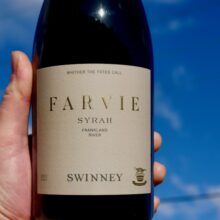
Product information
Swinney Farvie Syrah 2021
Shiraz/Syrah from West Australia, Frankland River, Australia
$166
Description
Grape first as with all the Swinney wines, there is beauty here. The cooler year offering more energy compared to its 2020 predecessor. Incredibly complex fruit, beautifully framed with fine layered tannins. The harmony, development and elegance for a wine of such youth is impressive making for a delicious drink now. Looking at the 2018 in a mini-vertical of all Favrie releases the evolution over a few years offered up intriguing secondary development.
“The 2021 Farvie Syrah is lighter and finer than the Mourvèdre, yet it is darker in the glass and more mouthfilling. I suppose, in some ways, the flavour profile here is more expected, yet the tannic structure of the thing is more refined and sleek than I have seen in previous vintages. There are notes of blackberry, star anise, iodine, blueberry, licorice and a slash of bone broth. It also has black pepper and aniseed, but not in the warm-climate framework that we are used to seeing/experiencing from regions like Barossa or McLaren Vale. It is odious to compare, I concede, but important from a contextual standpoint. This is Frankland, with its own signature. It is a profoundly elegant wine now, but it will only be better, more complex, more svelte and more complete as time wears on.”
Erin Larkin, The Wine Advocate 97+ points
Only 1 left in stock
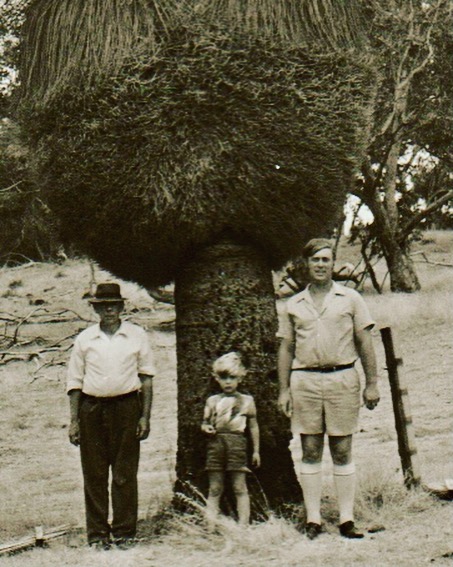
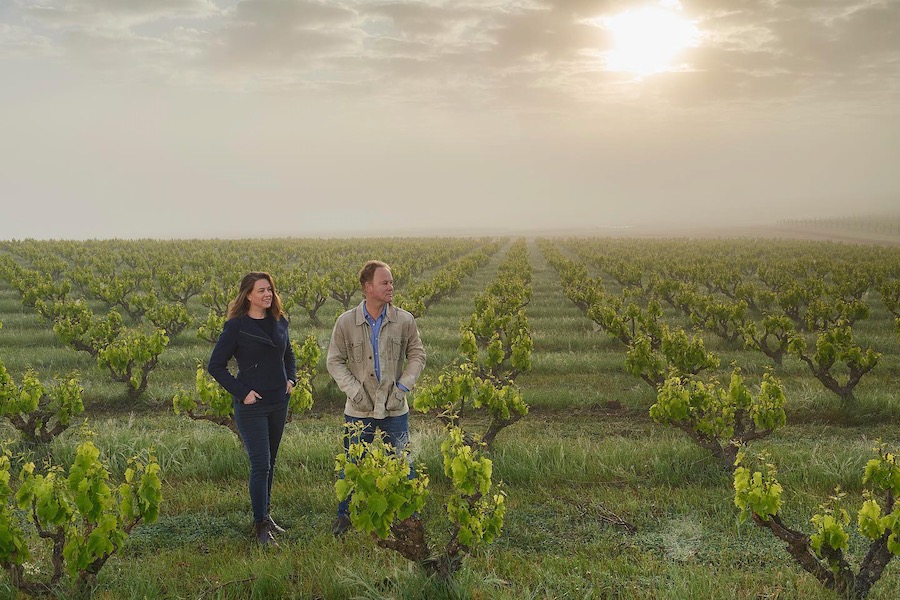
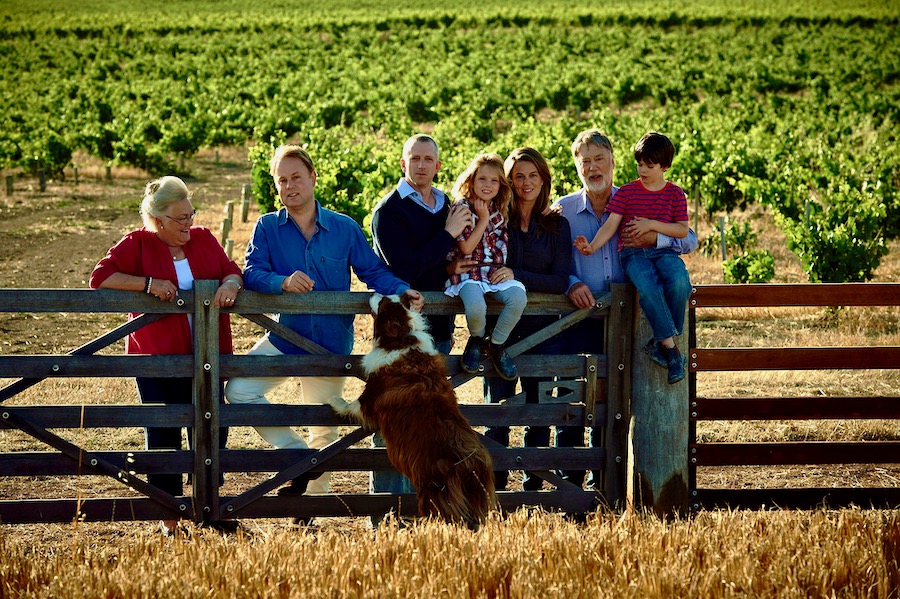
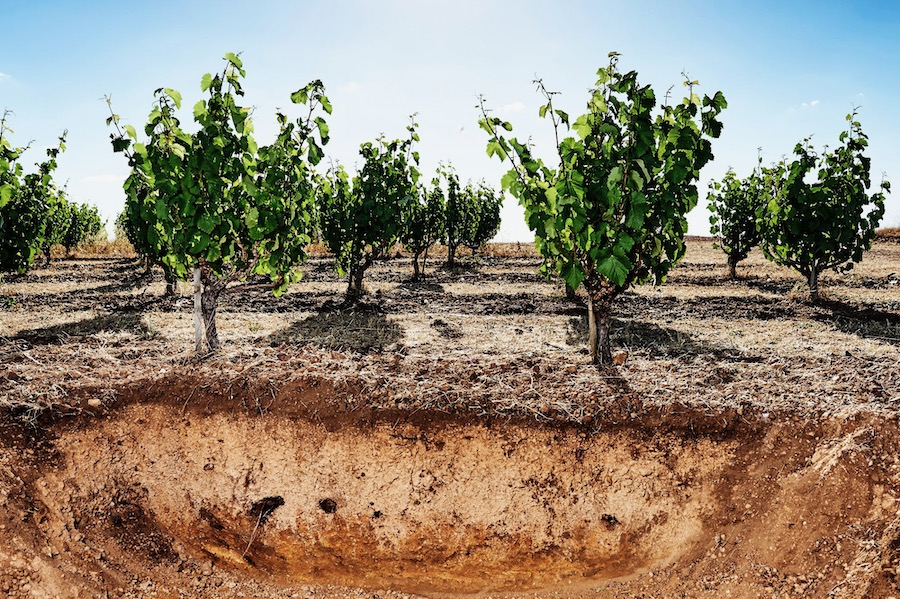
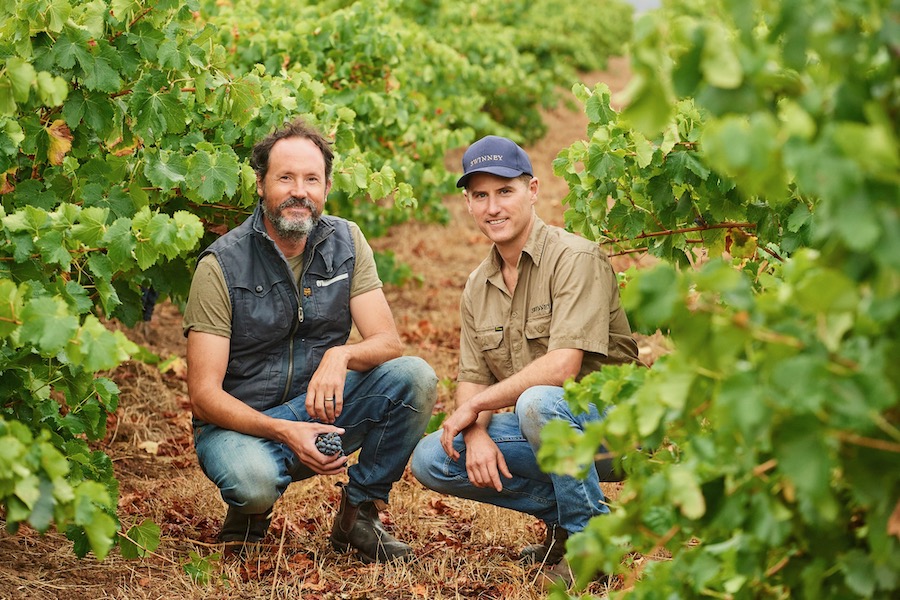
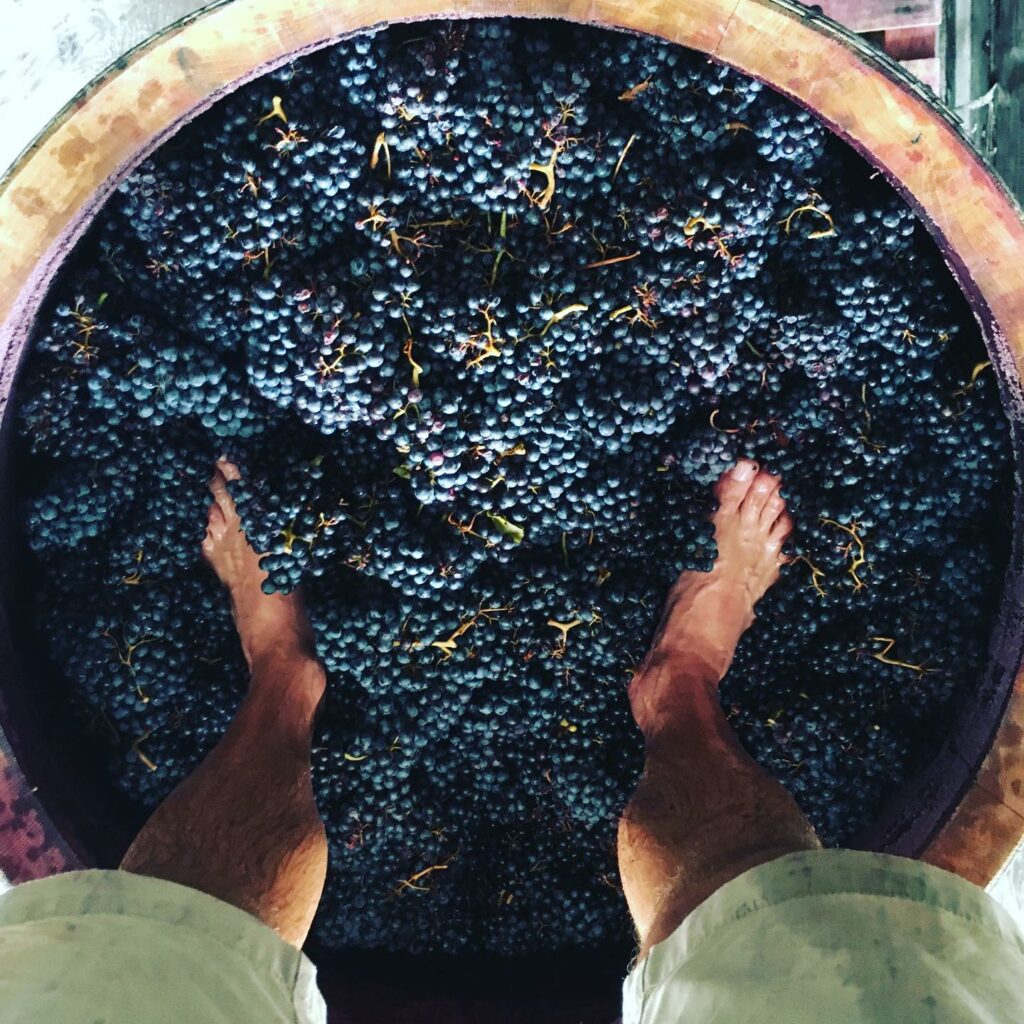
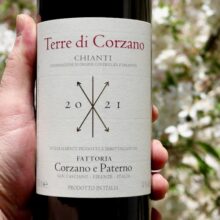
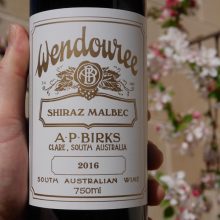
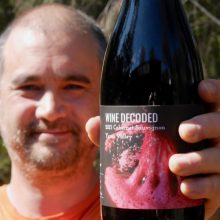
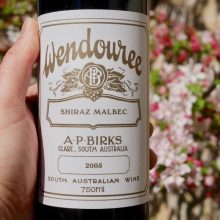
You must be logged in to post a comment.